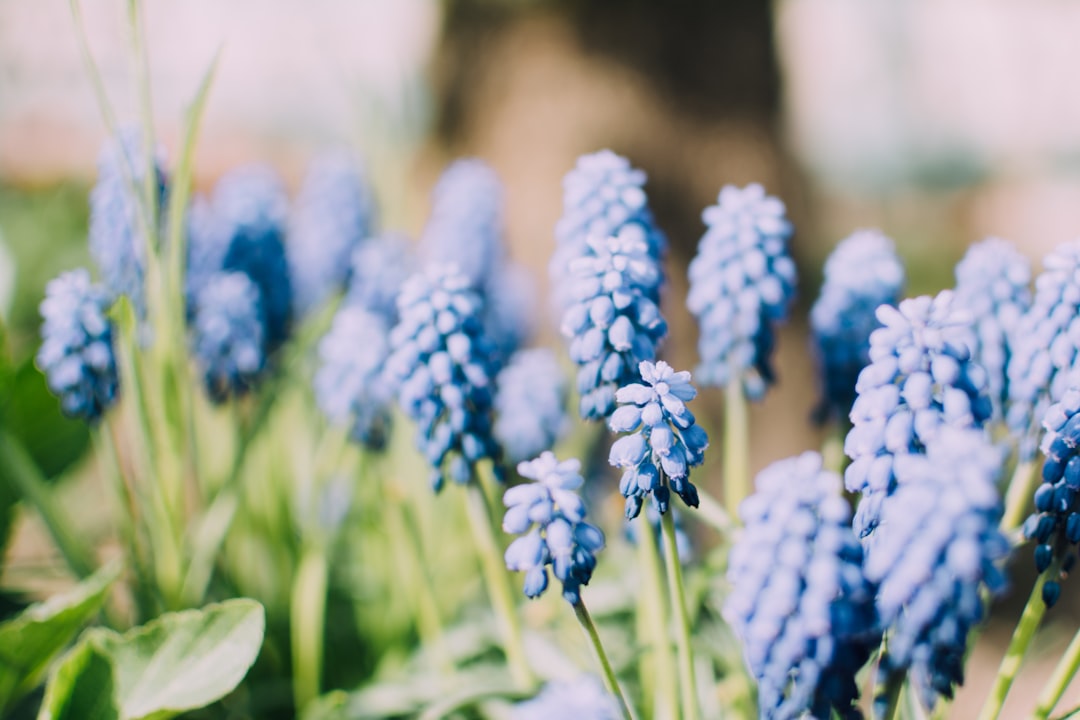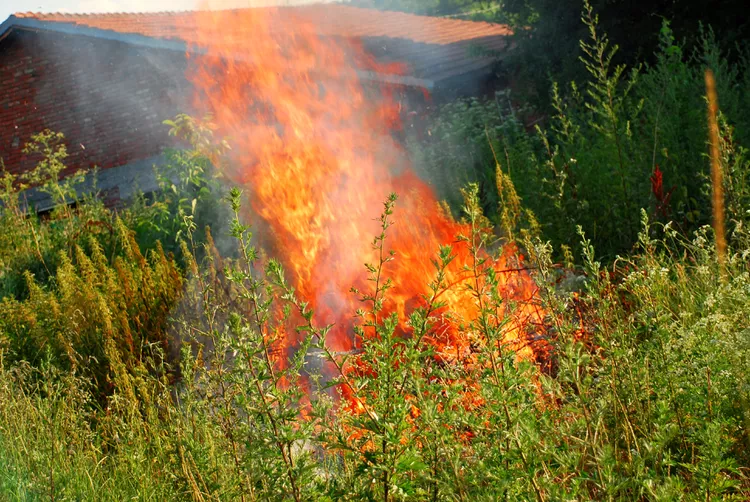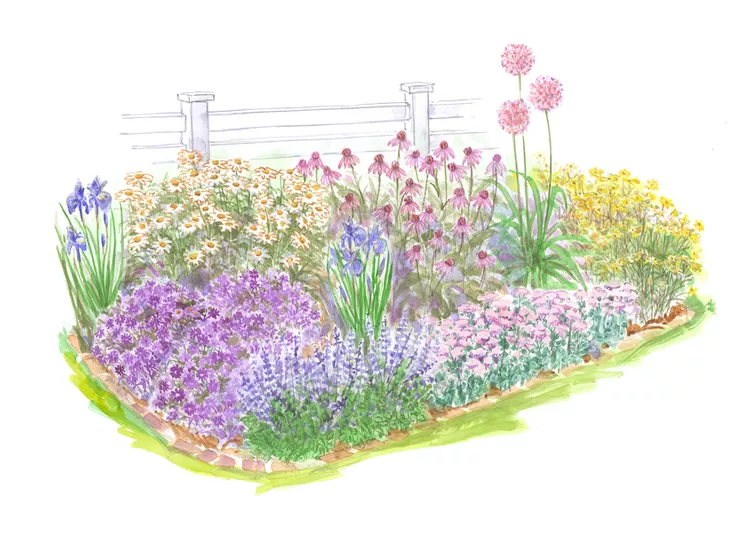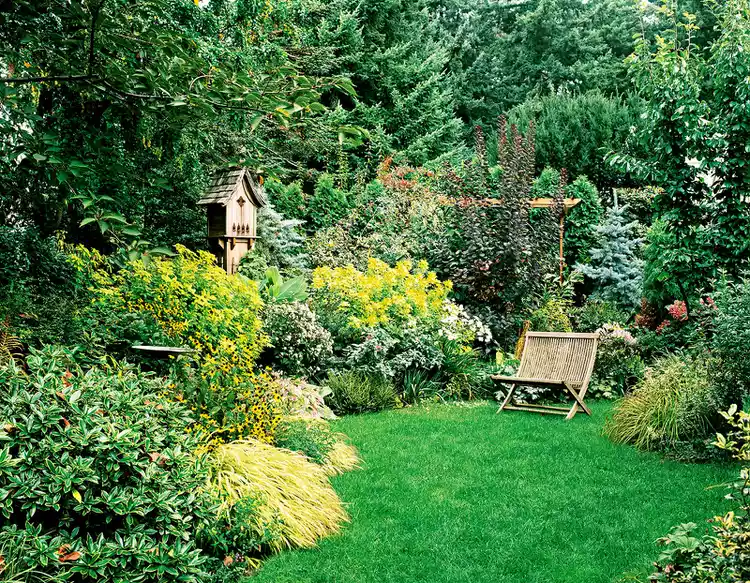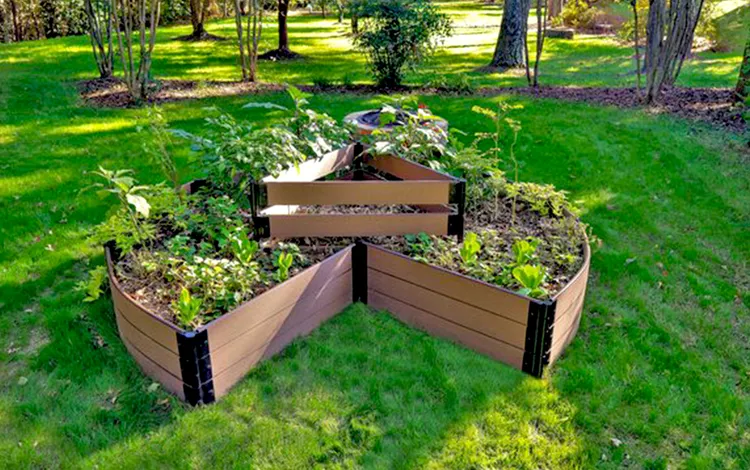In the world of garden design, the allure of color is undeniable. Among the vast spectrum of hues, pink and purple stand out as old - fashioned favorites that can bring a touch of elegance and charm to any flowerbed. With new - style garden compositions, these classic colors can be used in innovative ways to create a visually stunning and harmonious outdoor space.
### The Appeal of Pink and Purple
Pink is often associated with romance, tenderness, and femininity. It comes in a wide range of shades, from soft pastels like blush pink to vibrant hot pinks. Each shade can evoke different emotions and set a unique mood in the garden. Purple, on the other hand, is a color of royalty, mystery, and creativity. It ranges from deep, rich purples like eggplant to lighter lavender tones. The combination of pink and purple creates a complementary color scheme that is both pleasing to the eye and full of character.
### New - Style Garden Compositions
One of the new - style garden compositions involves creating a gradient effect. Start with lighter shades of pink and purple at the front of the flowerbed and gradually transition to darker shades towards the back. This creates a sense of depth and dimension, making the flowerbed appear larger and more interesting. For example, you can plant light pink petunias at the edge, followed by lavender - colored salvia, and finish with deep purple asters at the back.
Another modern approach is to use a mix of different plant textures. Combine the delicate, feathery foliage of pink dianthus with the broad, waxy leaves of purple heuchera. The contrast in textures adds an extra layer of visual interest to the flowerbed. You can also incorporate plants with different growth habits, such as tall, upright purple verbena and low - growing pink creeping thyme. This creates a dynamic and balanced look.
### Plant Selection
When choosing plants for your pink and purple flowerbed, consider their bloom times. Select a variety of plants that bloom at different times throughout the growing season to ensure continuous color. For early spring, you can plant pink tulips and purple crocuses. In the summer, add pink coneflowers and purple bee balm. And for the fall, include pink chrysanthemums and purple sedum.
It's also important to consider the growing conditions of your garden. Some plants prefer full sun, while others thrive in partial shade. Make sure to choose plants that are suitable for the amount of sunlight and soil type in your flowerbed. For example, pink and purple geraniums do well in full sun, while purple coral bells can tolerate partial shade.
### Maintenance
Maintaining a pink and purple flowerbed requires regular care. Water the plants deeply but infrequently to encourage strong root growth. Deadhead spent flowers to promote new blooms and keep the flowerbed looking tidy. Fertilize the plants according to their specific needs to ensure healthy growth. Prune any overgrown or damaged branches to maintain the shape and appearance of the plants.
### Conclusion
By putting these old - fashioned color favorites, pink and purple, to work in your flowerbeds with new - style garden compositions, you can create a beautiful and inviting outdoor space. Whether you have a small urban garden or a large suburban yard, these color combinations and design ideas can transform your flowerbeds into a haven of color and beauty. So, roll up your sleeves, get your gardening tools, and start creating your own pink and purple paradise today!






